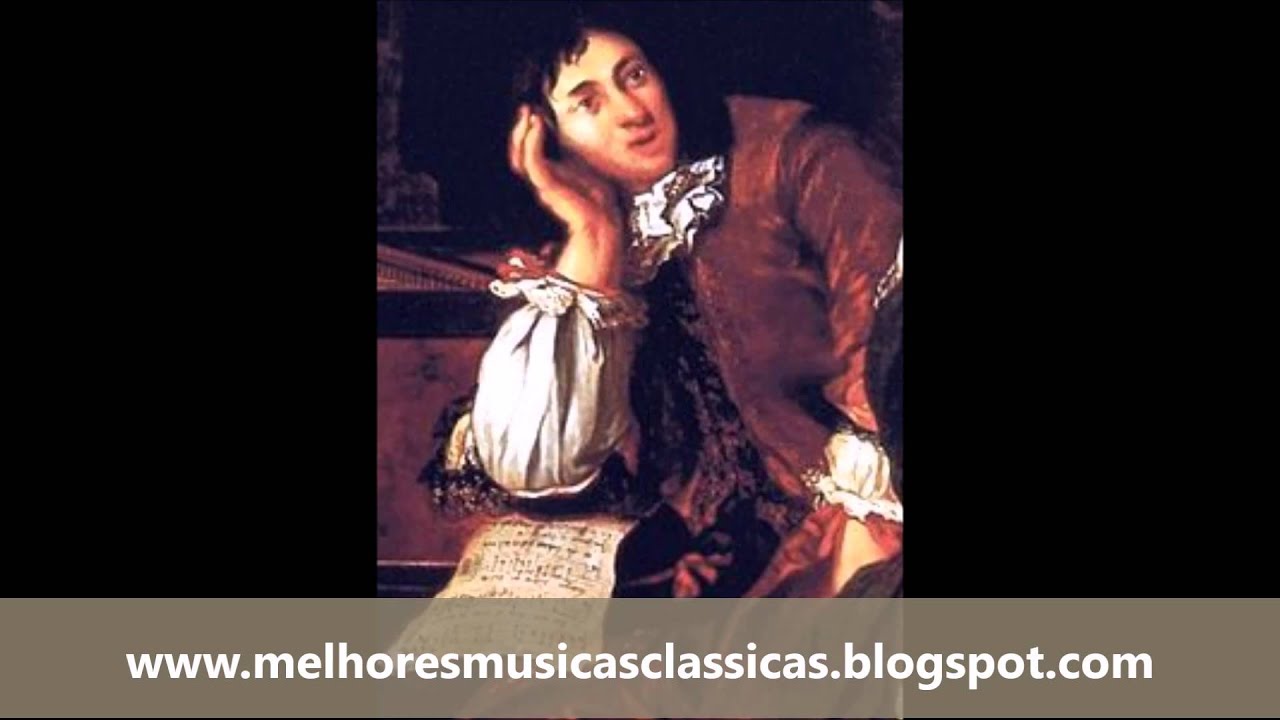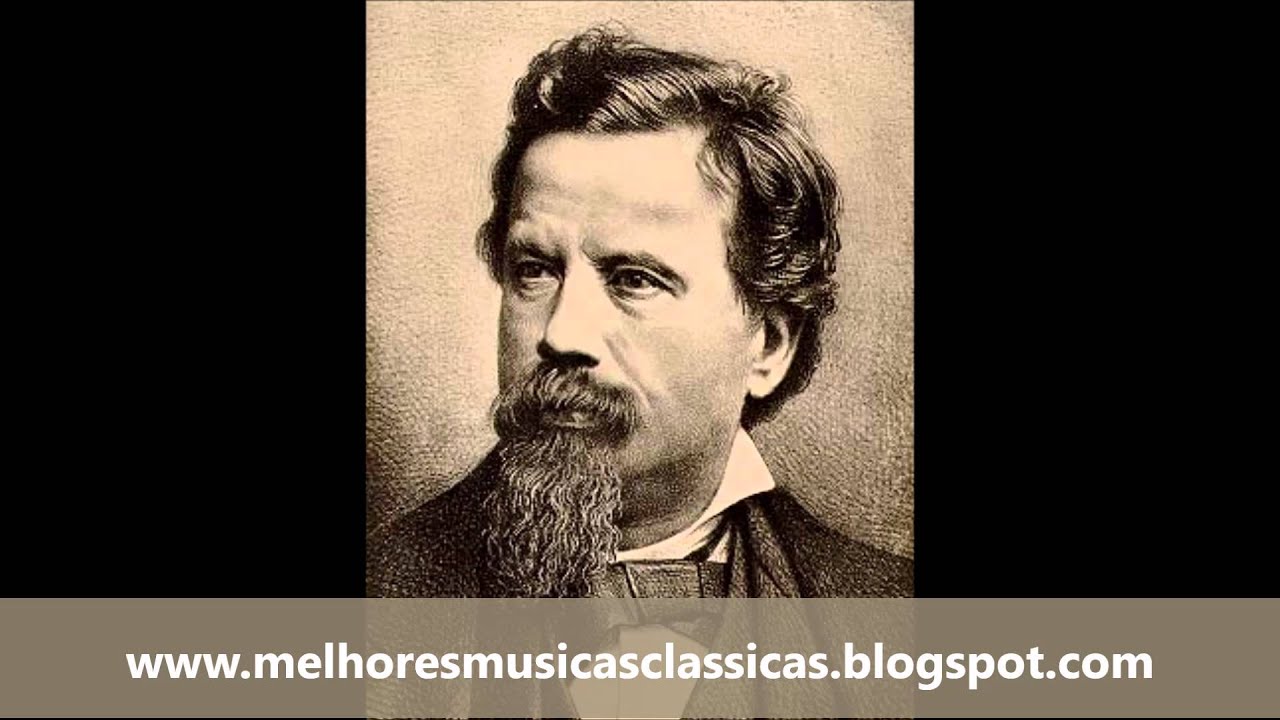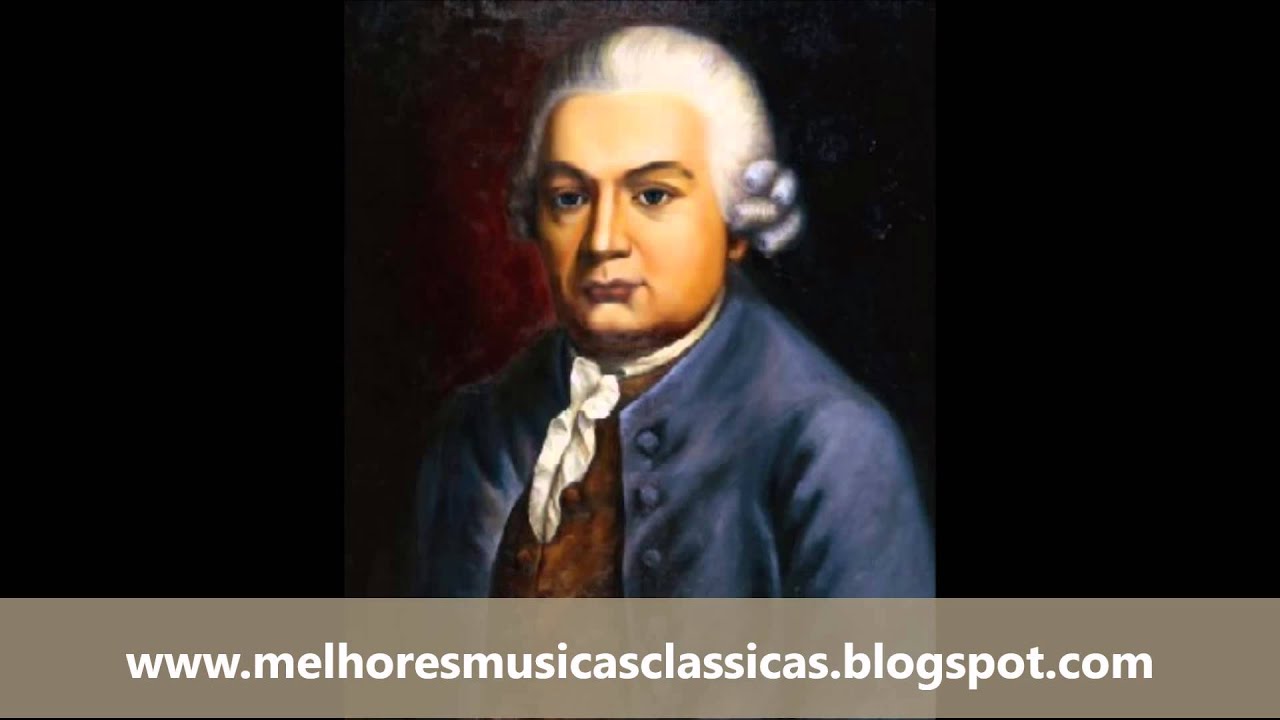
Korsakov – Tale of Tsar Saltan (Flight of the Bumblebee)
Nikolai Rimsky-Korsakov – Tale of Tsar Saltan (Flight of the Bumblebee) The Tale of Tsar Saltan (Russian: Сказка о царе Салтане, Skazka o Tsare Saltane) is[…]

Rossini – Sonata for Strings No. 3
Gioachino Rossini – Sonata for Strings No. 3 Gioachino Antonio Rossini (29 February 1792 – 13 November 1868) was an Italian composer who gained fame for[…]

Brahms – Hungarian Dance No. 5 – Allegro in F sharp minor
Johannes Brahms – Hungarian Dance No. 5 – Allegro in F sharp minor The Hungarian Dances (German: Ungarische Tänze) by Johannes Brahms (WoO 1), are a[…]

Chopin – Fugue in A minor, B 144
Frédéric Chopin – Fugue in A minor, B 144 Frédéric François Chopin (1 March 1810 – 17 October 1849) was a Polish composer and virtuoso pianist[…]

Arcangelo Corelli – 12 Concerti Grossi, Op. 6 Concerto No. 8 in G minor
Arcangelo Corelli – 12 Concerti Grossi, Op. 6 Concerto No. 8 in G minor Arcangelo Corelli (Italian 17 February 1653 – 8 January 1713) was an[…]

Marc Antoine Charpentier – Te Deum, Prelude
Marc Antoine Charpentier Te Deum, Prelude For more: http://www.melhoresmusicasclassicas.blogspot.com

Byrd – Mass for five voices
William Byrd – Mass for five voices The Mass for Four Voices is a choral Mass setting by the English composer William Byrd (c.1540–1623). It was[…]

Dietrich Buxtehude – Prelude in C major, BuxWV 137
Dietrich Buxtehude – Prelude in C major, BuxWV 137 Dieterich Buxtehude (1637/39 – 9 May 1707) was a Danish-German organist and composer of the Baroque period.[…]

Amilcare Ponchielli – La Gioconda
Amilcare Ponchielli – La Gioconda Amilcare Ponchielli (31 August 1834 – 16 January 1886) was an Italian opera composer, best known for his opera La Gioconda.[…]

Carl Philipp Emanuel Bach – Concerto in G
Carl Philipp Emanuel Bach – Concerto in G Carl Philipp Emanuel Bach (8 March 1714 – 14 December 1788), also formerly spelled Karl Philipp Emmanuel Bach,[…]